Progress
Here I am presenting you the first functional trial piece.
This trail piece has two figure wheels axis, and perform cacluation for linear functions. In the video above, I used the following function as example
What is the Difference Engine
The Difference Engine was a pioneering mechanical calculator designed by Charles Babbage in the 19th century. It aimed to automate mathematical calculations by using a series of interlocking gears and levers to compute complex polynomial functions. This innovative machine, composed of thousands of precision-made parts, represented a breakthrough in early computing, eliminating human error inherent in manual computations. Though never fully realized during Babbage's lifetime due to funding and technical limitations, the conceptualization and design of the Difference Engine laid the groundwork for modern computing principles and stand as a testament to Babbage's visionary contributions to the field of technology.
The replicas
The replication efforts of the Difference Engine have been a testament to human determination and technological innovation. Inspired by Charles Babbage's visionary designs, engineers and enthusiasts have meticulously reconstructed this mechanical marvel through a blend of historical research, advanced manufacturing techniques, and a deep understanding of Babbage's original plans. These endeavors involve deciphering cryptic blueprints, overcoming intricate design flaws, and reengineering the machine's components to suit modern materials and techniques. The aim is not just to recreate a historical artifact but to honor Babbage's legacy while showcasing the evolution of computing, providing invaluable insights into early technological advancements and pioneering the fusion of historical knowledge with cutting-edge manufacturing methods.

In the spirit of celebrating Babbage's genius and the steampunk ethos, I've embarked on an ambitious project: the replication of Babbage's Difference Engine No. 2 using modern technology, namely 3D printing. The design files will be open-source, enabling anyone to create replicas of such machines, fostering accessibility and making replication feasible for all.
Progress
This trial piece stands as a testament to the intricate design and functionality of Babbage's ingenious invention. It convincingly demonstrates that achieving the precision necessary for replicating the Difference Engine using 3D printed parts is indeed feasible.
The larger-scale replica of the Difference Engine No. 2 is currently taking shape in the design phase. The endeavor involves meticulous attention to detail, precision engineering, and a passion for preserving the legacy of Babbage's pioneering work in computing.
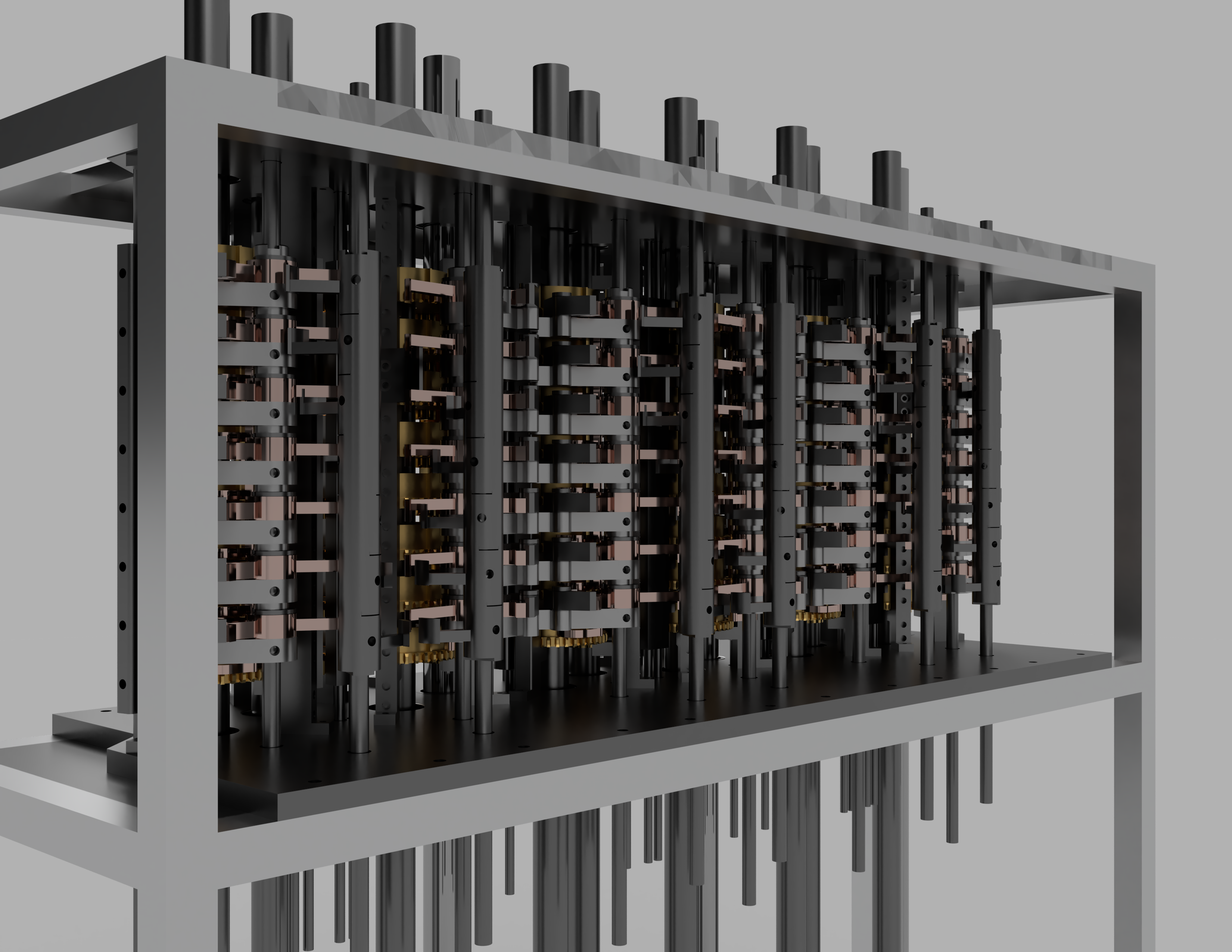
External Links
My YouTube Channel: https://www.youtube.com/@mechanicalredpanda743
My Bilibili Channel (only in Chinese): https://space.bilibili.com/13519978
中文视频: https://space.bilibili.com/13519978
(Video in Chinese)
 MechRedPanda
MechRedPanda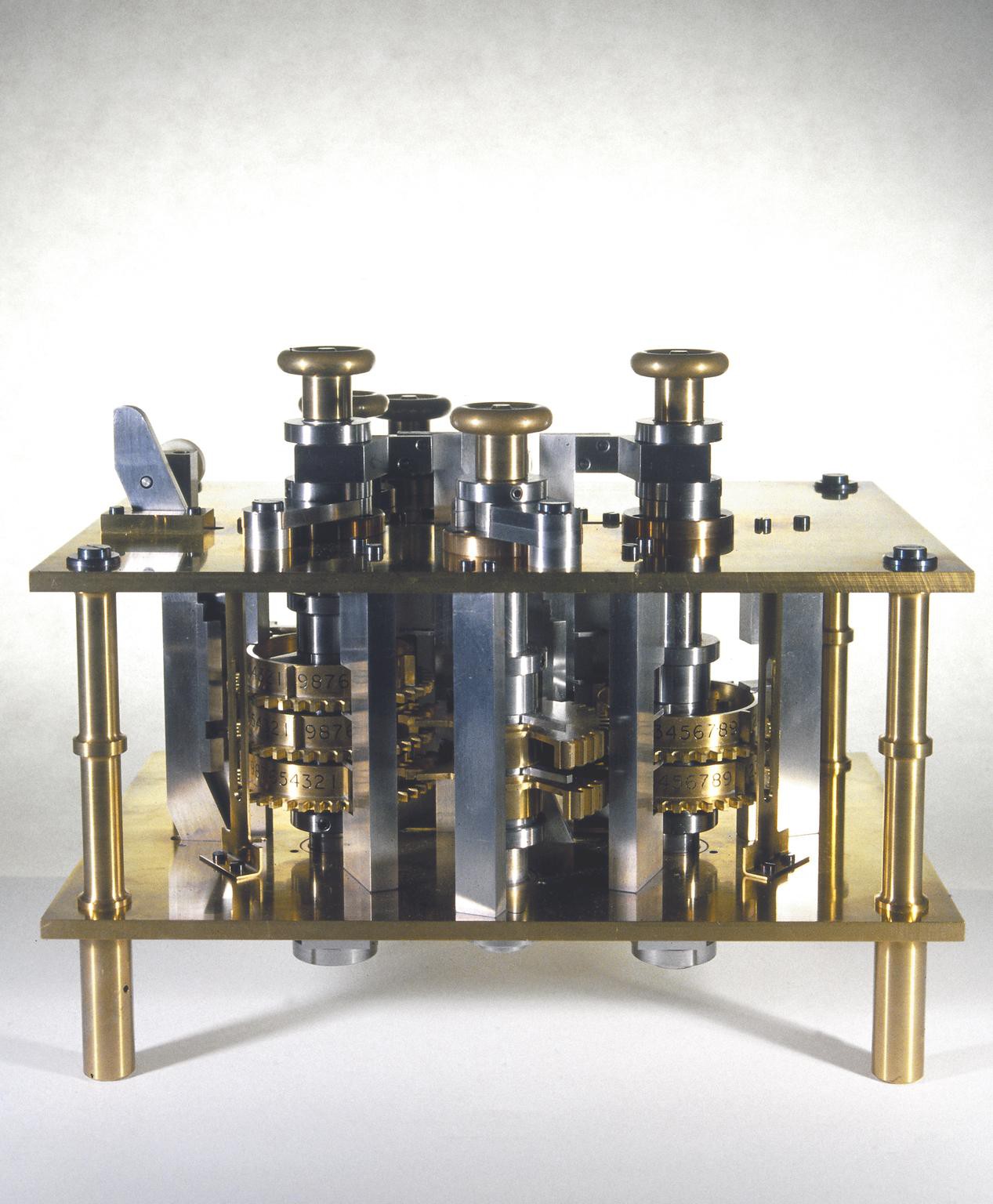


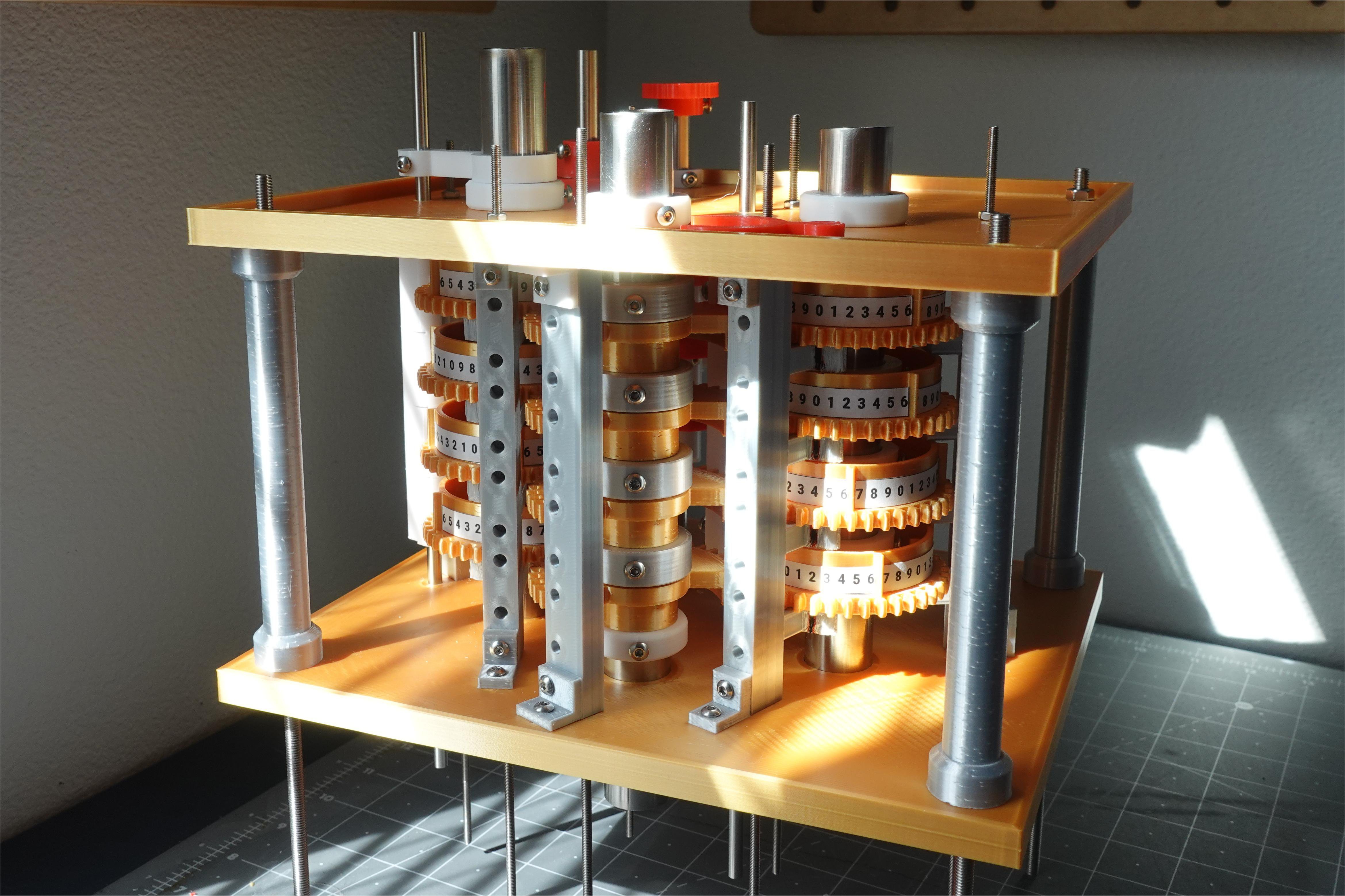




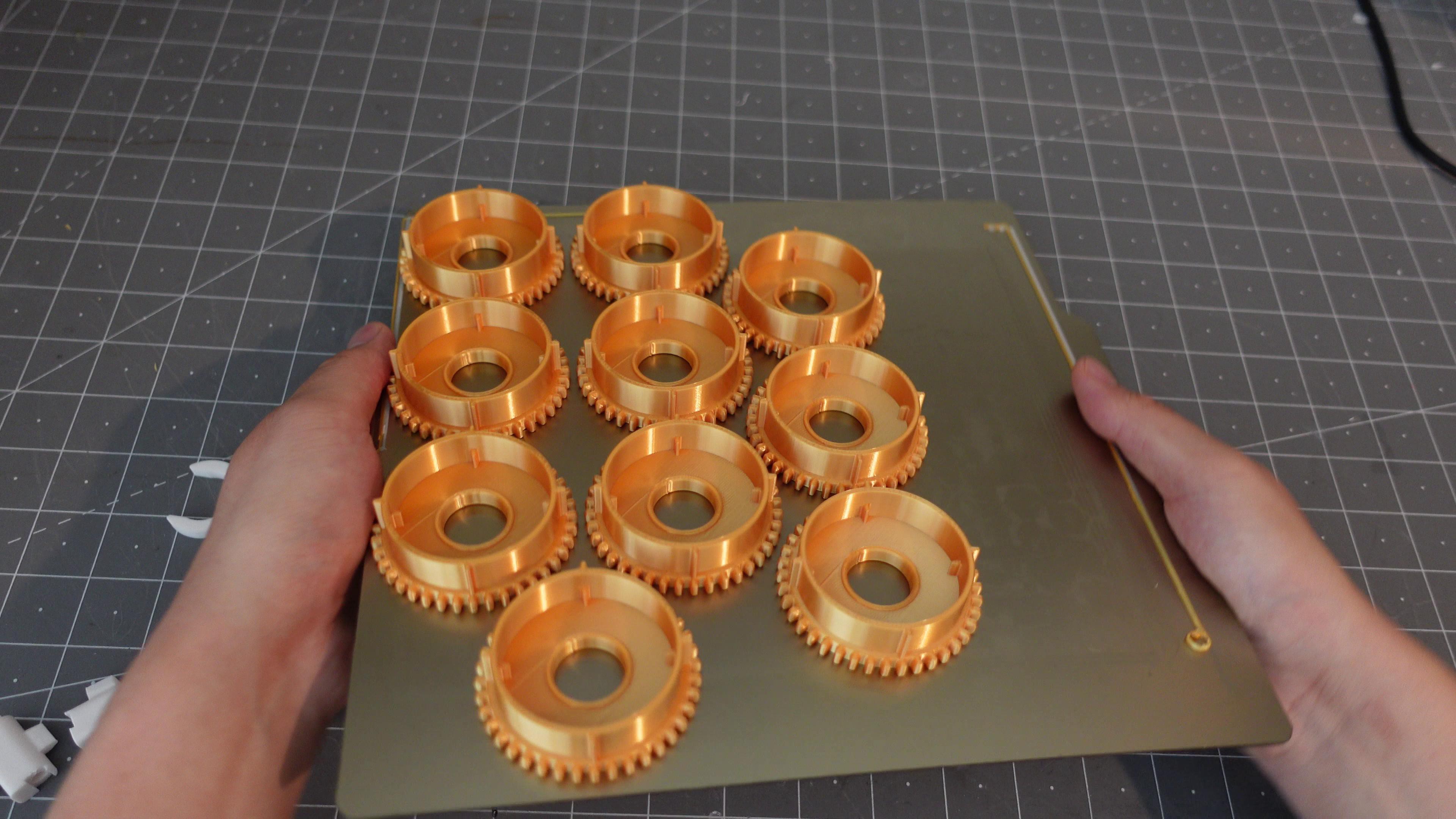

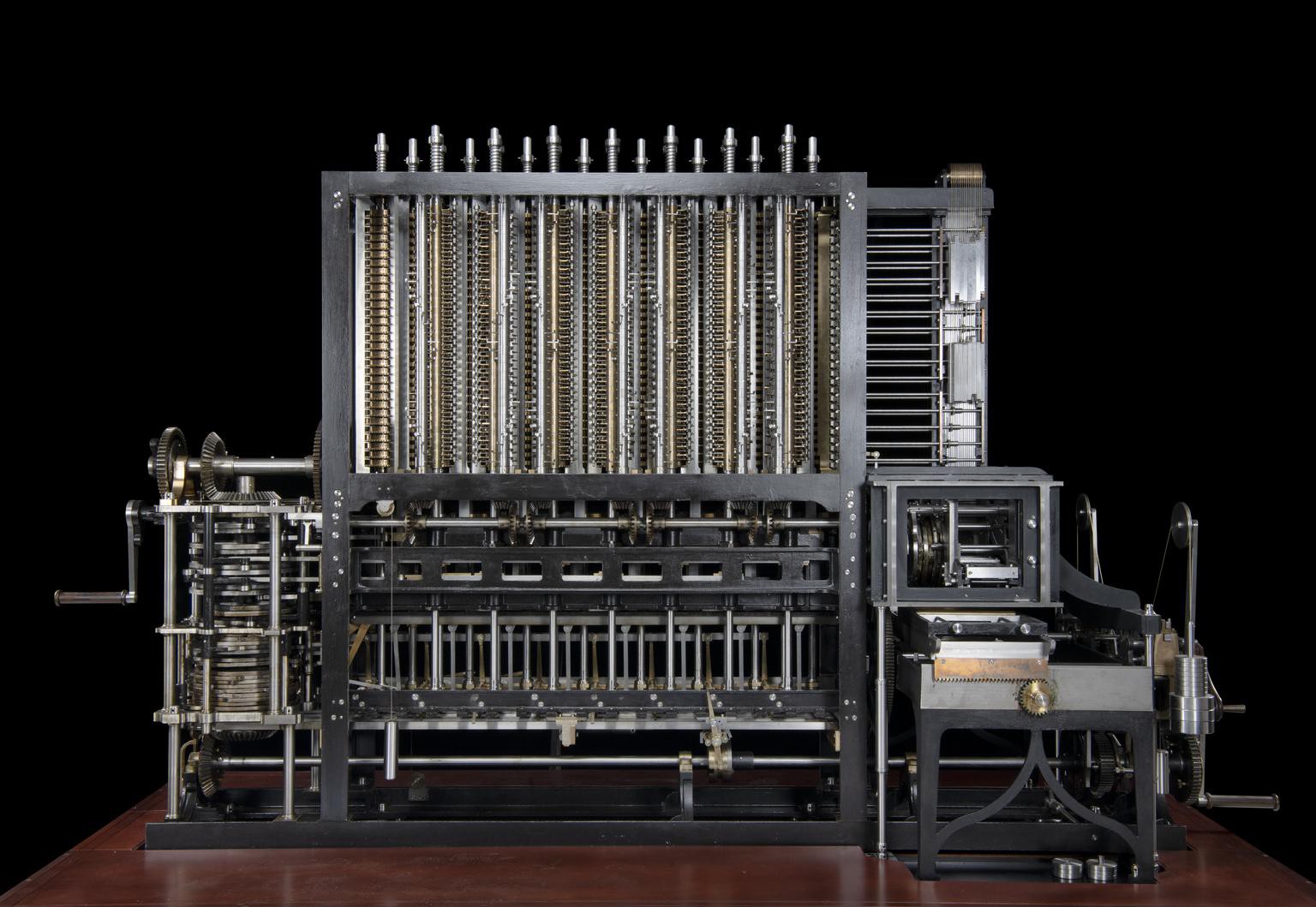






 Rajshekhar Dass
Rajshekhar Dass
 Mitja Breznik
Mitja Breznik
 Andrea Piccinno
Andrea Piccinno
woo, so interesting! I like it....